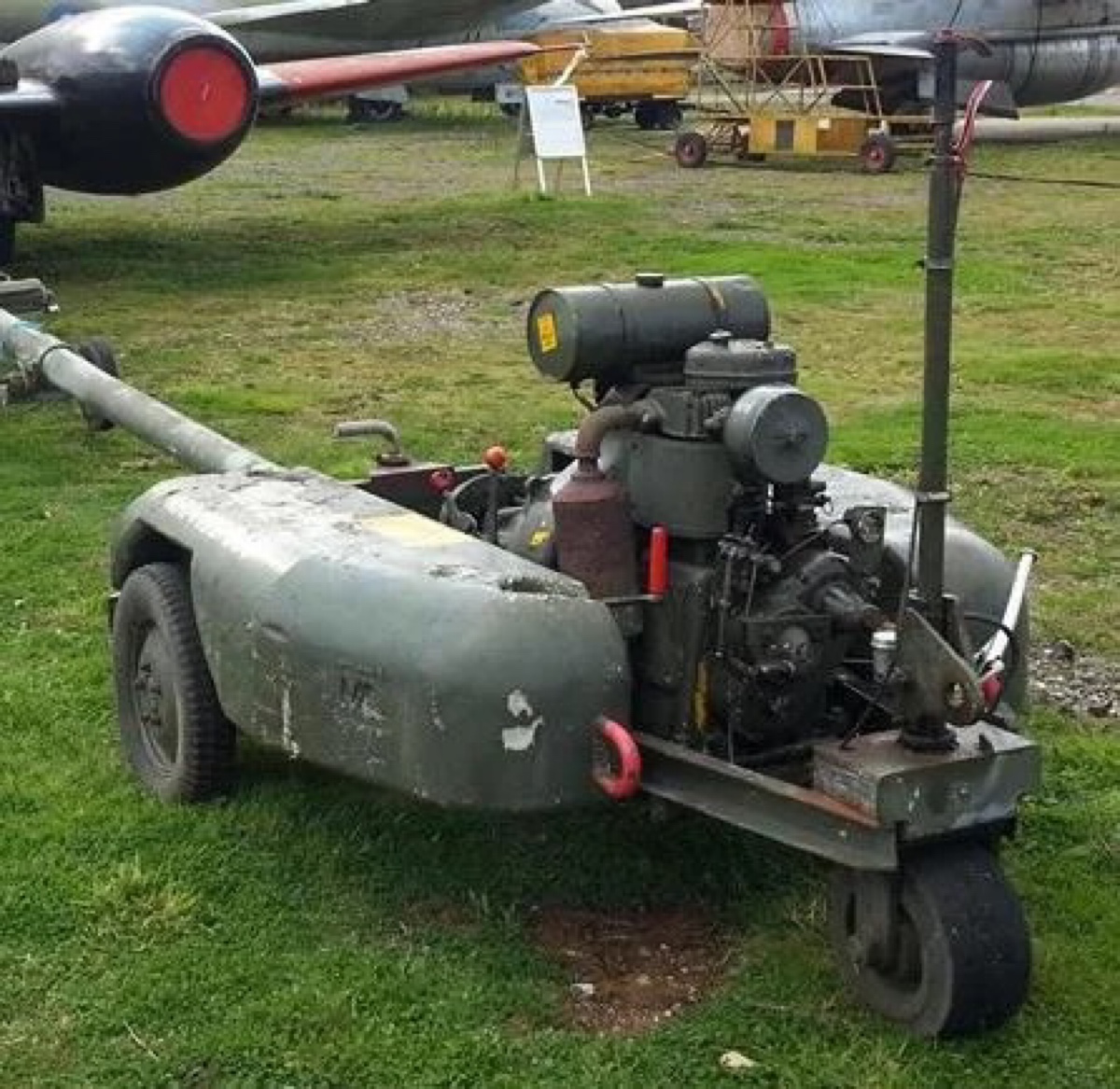Sat Jan 02, 2021 7:21 pm
#1817667
Those sound like the things we referred to as Manglers. They had knurled rollers that fitted in front and behind a main wheel and drove the wheel. “Manglers” because they chewed tyres.
The ones I used were battery powered ~60s.
The ones I used were battery powered ~60s.
The 6 P principle
Proper
Planning
Prevents
Particularly
Poor
Performance
Proper
Planning
Prevents
Particularly
Poor
Performance
 FLYER Club Member
FLYER Club Member
